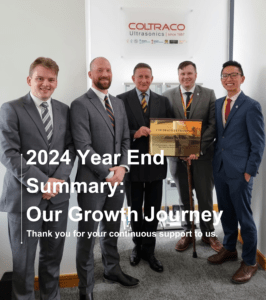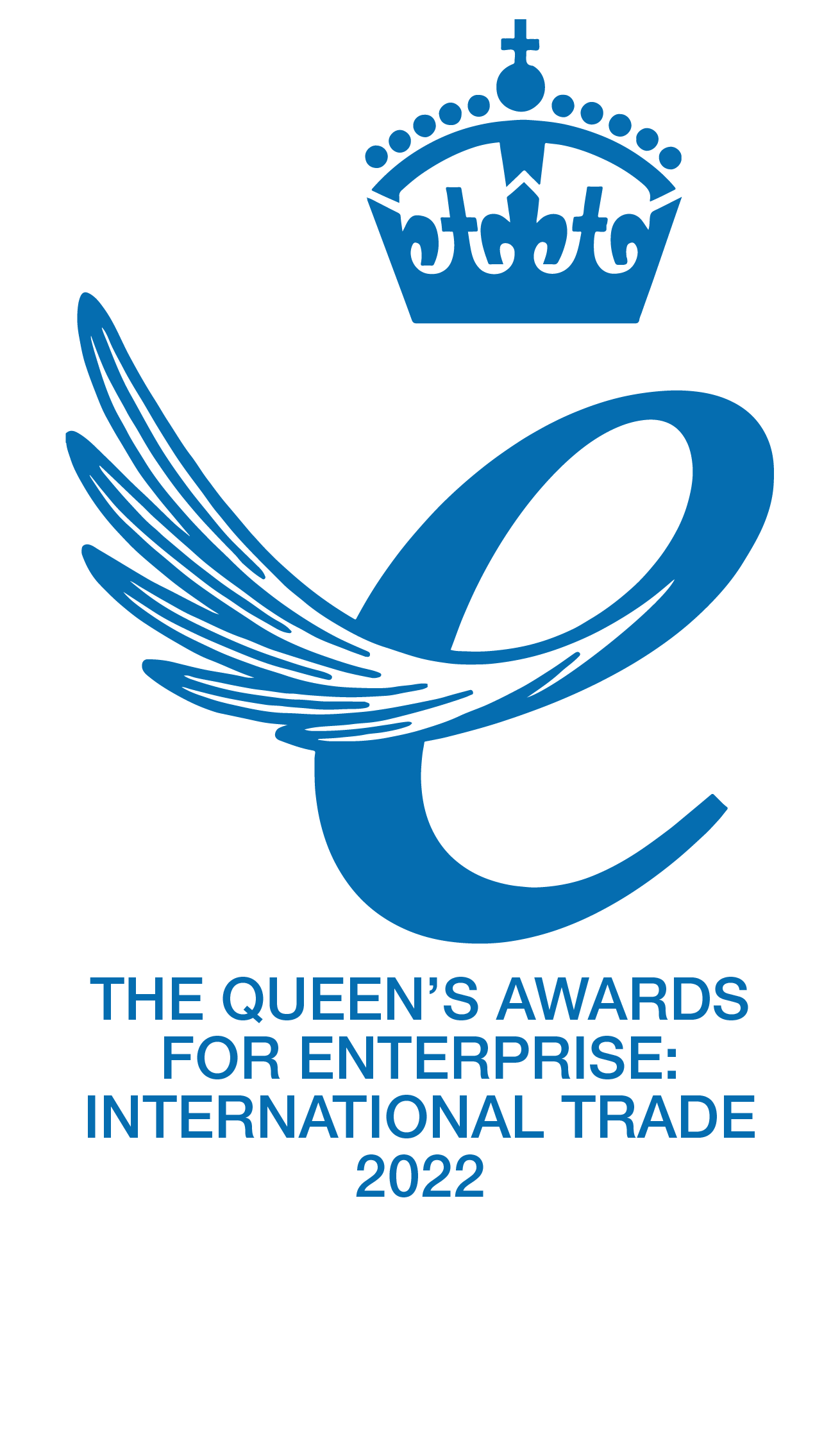There is a need to identify CO2 leakage from a shipʼs fixed CO2 liquefied gaseous fire suppression system.
Evidence in MAIBʼs Accident Report published in Sept. 2018 which reported CO2 accidental discharge on the ro-ro vessels Eddystone (June 2016) and Red Eagle (July 2017). Other similar incidents include:
- July 2017: Red Eagle accidental CO2 discharge
- June 2016: Eddystone accidental CO2 discharge
- August 2011: Accidental discharge of CO2 onboard SD Nimble, serious injury to a shore-based service engineer
- May 2010: Uncontrolled release of CO2 onboard Marsol Pride
- November 2008: At least 20 people died in an accident on K-152 Nerpa, a Russian Akula II class nuclear submarine, when a Halon-based fire extinguishing system was activated by mistake during sea trials
- September 2004: Crewmember on a Hong Kong registered ship accidentally triggered the fixed CO2 system while preparing for a routine inspection. Attempts to fix situation led to death of four officers
Here are the basics of CO2 you should know:
- Shipsʼ gaseous extinguishing system commonly comprises between 50 – 600 cylinders each containing 45 KG CO2 under 50 bar pressure
- CO2 and marine CO2 systems are designed with reserve CO2 cylinders, which assumes that there will be a loss of contents due to pressurization
- CO2 Concentration required to put out a fire = 20%
- Above 10% concentration, causes unconsciousness in humans and at 17%and above, survival time is less than 60 seconds
- Anecdotal evidence from marine servicing companies suggest that 20% of shipsʼ CO2 cylinders have partially leaked their contents at some point in their lifetime (or intentionally under-filled i.e. anecdotes from a Chinese marine servicing company suggests that 80% of cylinders on a Chinese vessel are intentionally under-filled)
- September 2018 report from MAIB provides detailed description about the CO2 accidental discharge that occurred
- A ship sails alone at sea and is its own Fire Rescue Service (FRS)
Conclusively, CO2 Systems do leak and when they do, it is dangerous.
A call for more regular and better checking:
- We propose more regular inspections of contents
- Method supported by: IMO SOLAS Fire Safety Systems (FSS) Code
• Chapter 2.1.1.3 – Means shall be provided for the crew to safely check the quantity of the fire-extinguishing medium in the containers
- One method that is non-invasive, accurate and quick is an ultrasonic liquid level indicator which can be used 30 seconds per cylinder
- Liquid level conversion to weight is possible – accurate to 1%
Conclusively, lets create a genuine safety culture at sea – we need contents checking to be a legitimate method, combined with enclosed CO2 space entry.
Oxygen and Gas Monitors for Enclosed Spaces:
- CO2 contents checking with liquid level indicators stand in equal importance to seafarers dying in enclosed spaces
- We need a holistic approach – contents is connected directly to the need for those inspecting the FSS to carry gas monitors to avoid totally avoidable deaths caused enclosed space entry
- For example in cases the CO2 has leaked mentioned before
Enforcing the wearing of gas monitors for the protection of mariners and surveyors to ensure they do not die from inspections, is a cheap, simple and quick solution that some of the leading fleets already implement.
Keywords: Portalevel Max 8th, Ultrasonic Liquid Level Indicator, Ultrasonic Level Indicator, CO2 Fire Suppression System, Liquid Gas Level Indicator, Ultrasonic Gas Leak Detector, Liquid Level Sensor, Ultrasonic Monitoring and Measuring Equipment






